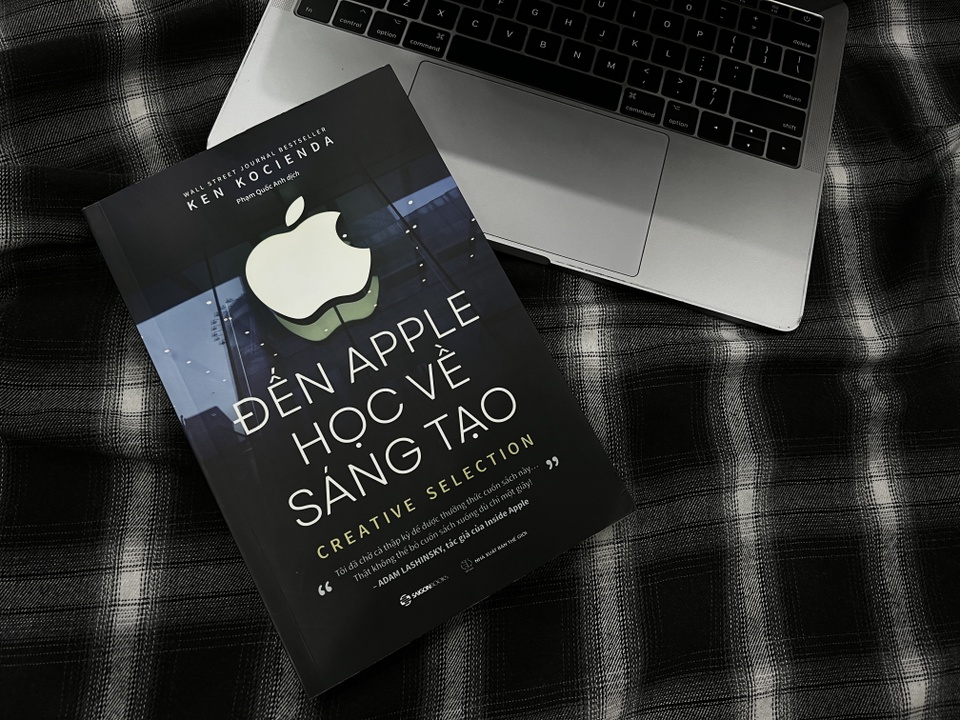 |
The book "Learn about creativity at Apple" is published by The Gioi Publishing House . |
Apple is a technology giant, with products such as the iPhone, iPad, iPod and Mac computers. Constant innovation and creativity are some of the characteristics that contribute to the success of the Apple.
Through the book Come to Apple to Learn About Creativity , former software engineer and designer Ken Kocienda described the culture and product development process at Apple in the 2000s. This was one of the most successful periods in the history of Apple, with the birth of a series of iconic devices, contributing to leading technology trends.
Steve Jobs's temperamental nature
The book mainly reflects Apple's "creative selection" culture, through projects that Kocienda participated in, from demos to a series of technical issues.
The author also writes about what it was like to work with Steve Jobs, behind-the-scenes stories at product launch events, and the company's core values. All of these combine to create Apple's unique culture.
 |
Former software engineer Ken Kocienda spent 15 years at Apple. Photo: CUNA News . |
Kocienda begins the book by recounting his 2009 demos of the keyboard software for the upcoming tablet (officially called the iPad). After the success of the iPhone two years earlier, iOS developers like Kocienda were tasked with creating a successor.
Demos are an important stage of the product development process, providing an overview of the performance, specifications, and benefits of new features and devices.
Through the demos, Kocienda portrayed Steve Jobs’ perfectionist mindset and attention to detail. At that time, he was the one who made the final decisions on the interface and how new features worked.
“There were times when he would click his tongue if he felt uninterested in the demo content, whether the presenter was a senior manager he worked with every day or a programmer he had never met like me,” the book reads.
Kocienda also appreciated Apple’s way of running demos, which were kept simple but effective, with small groups and deciders. Decisions were made based on Apple’s core values of simplicity and accessibility.
Continuous testing and improvement
The demo continues to be used by Kocienda to lead into the main content of the book, recounting the period of Apple "under the leadership" of Steve Jobs in the 2000s.
When he joined the company, Kocienda and Don Melton, a former employee of software startup Eazel, were tasked with developing a free browser to compete with Mozilla Firefox, Internet Explorer, etc.
Melton, who had worked at Mozilla, wanted to develop a new browser based on Firefox. However, Mozilla's code base was too complex, so Melton and Kocienda decided to find a new solution. At that time, Apple had just hired a programmer named Richard Williamson.
 |
Two of the keyboard layouts Kocienda has tested for iOS. Photo: Ken Kocienda . |
Williamson quickly created a version of the KHTML codebase, used by the open source browser Konqueror but tweaked to run on Mac OS X. The idea was quickly adopted by Apple, despite their reputation as a closed and secretive company.
The development of Safari encountered many obstacles, even being compared by Kocienda to Thomas Edison's 19th century invention of the light bulb.
Throughout the development of the new browser, Kocienda emphasized Jobs’s single directive: speed. It was there that his inspiration, care, and perfectionism were most evident. The late Apple CEO considered several different names before settling on Safari.
“Steve Jobs had a few ideas, but they made me wince when I first heard them. He initially liked the name ‘Thunder,’ but then switched to ‘Freedom.’ I thought both names were terrible,” the book reads. Jobs eventually settled on Safari, a name suggested by software chief Scott Forstall.
User-centric
In the mid-2000s, BlackBerry’s physical keyboard was still the industry standard, so no one was sure that Kocienda’s virtual keyboard project would be successful. Like Safari, the virtual keyboard project for iOS is an example of Kocienda clearly portraying Apple’s culture.
It looks simple, but behind the virtual keyboard are many technical issues, including auto-correction algorithms, text suggestions, key size and layout.
Kocienda originally created a “teardrop” layout that used taps and swipes to type text, but eventually returned to the traditional QWERTY layout, tweaked for touchscreens.
In general, much of the iOS keyboard development process exemplifies Apple's product culture and process, which focuses on perfection, puts users at the center, and takes feedback from demos to make tweaks. And so it goes.
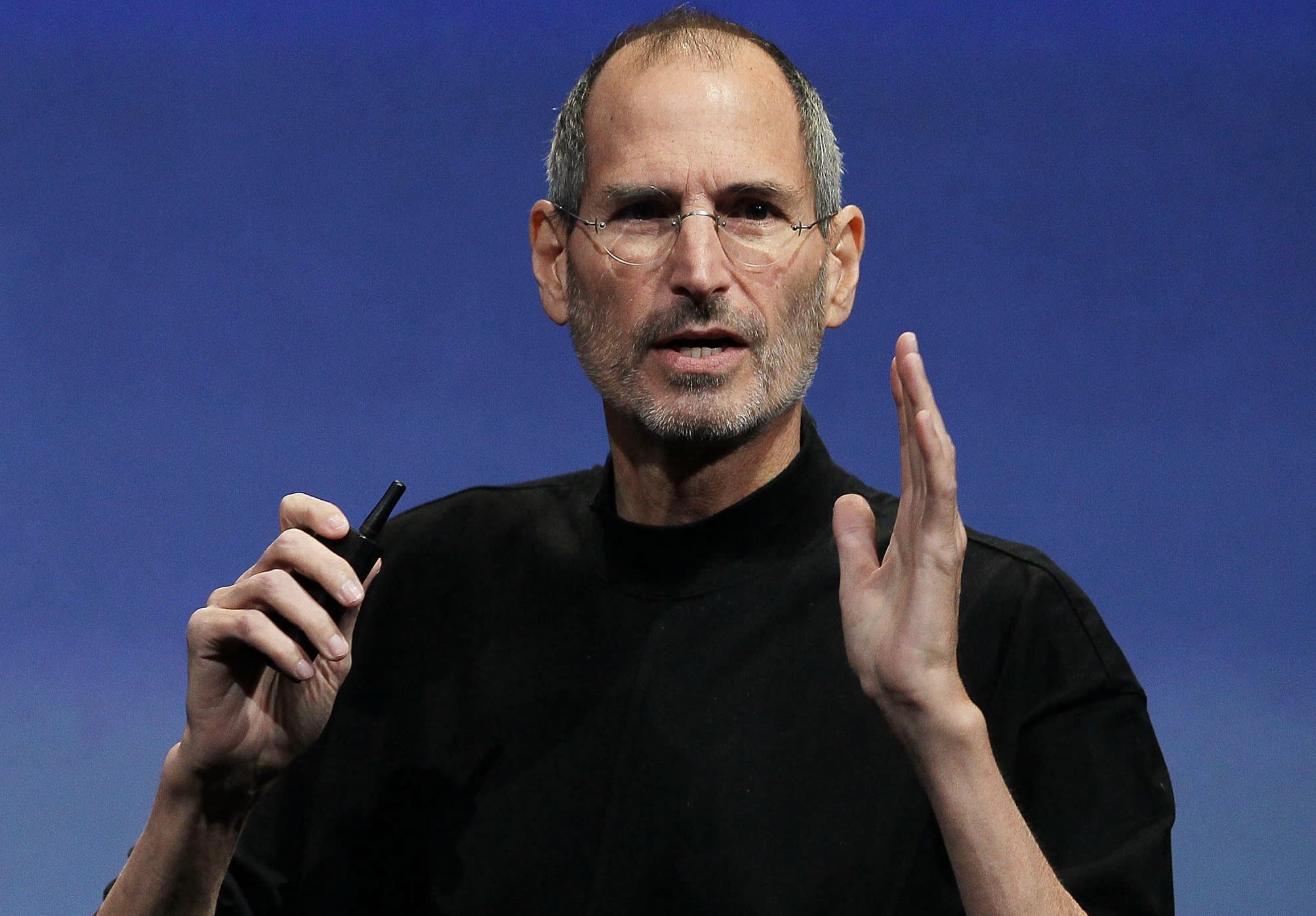 |
Steve Jobs at an Apple product launch. Photo: CNBC . |
The final section of the book discusses the combination of technology with the “liberal arts,” one of Steve Jobs’s prominent philosophies. They are expressed through product launches, press releases, and Apple’s public image.
All of this is evident throughout the book, with the author summarizing Apple's culture of “creative choice”:
“A small group of passionate, talented, imaginative, agile, and curious individuals, building a work culture based on applying inspiration, collaboration, care, skill, determination, aesthetics, and empathy, through a long process of many rounds of testing and feedback, constantly refining and optimizing heuristics and algorithms, persevering through skepticism and failure, selecting the most potential improvements at every step, all with the goal of creating the best possible products,” Kocienda wrote.
After his success with the iPhone and iPad, Kocienda continued to work with Apple until 2017. In the epilogue, the author admits that Apple's culture changed after Steve Jobs passed away. Most of the colleagues mentioned in the book have left the company.
Learning about Innovation at Apple is a great read for those who want to learn about the culture, personality, and product development of Apple under Steve Jobs. Jobs and Tim Cook's philosophies are completely different. However, the legacy of the Apple co-founder will not change.












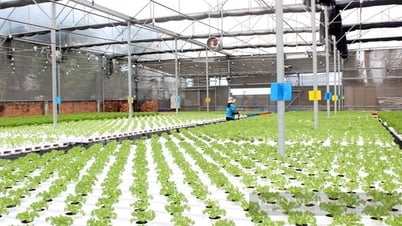



























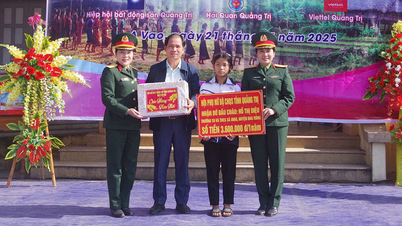

































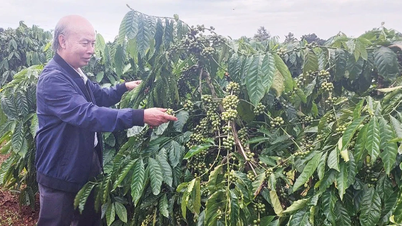























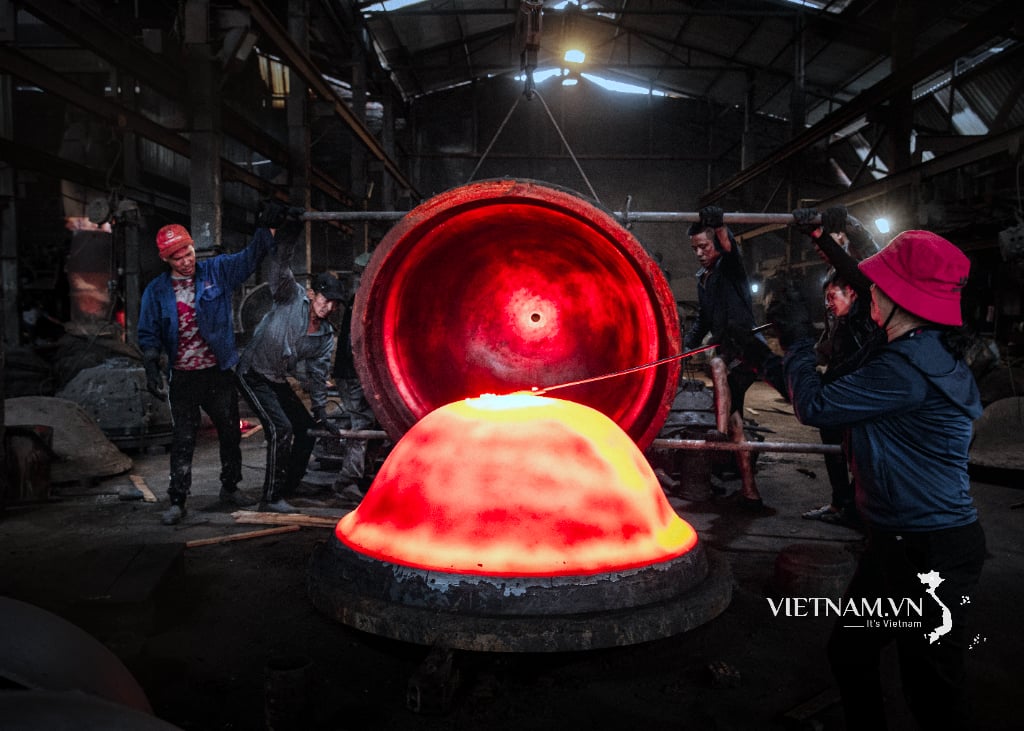


Comment (0)